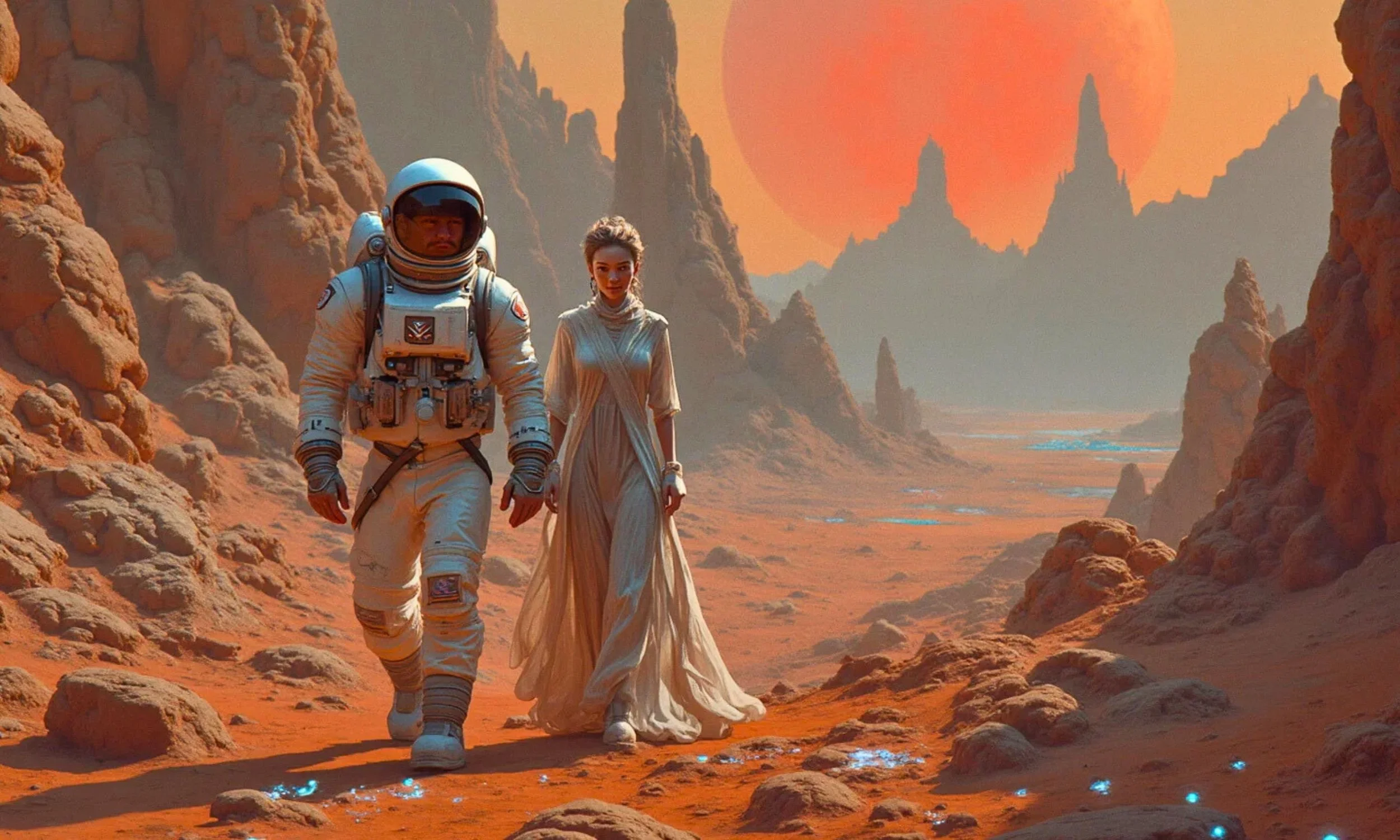COVID-19 Treatments: Looking At What’s Currently Available
COVID-19 has taken the world by storm, and with the rush of new trials, medications, and treatments, everyone is hoping for a miracle drug or vaccine. But with the rush and urgency for a treatment, doctors have to consider what is currently available and begin repurposing drugs that are originally intended for a different disease. Accordingly, they have tried various drugs such as hydroxychloroquine, antivirals, antibiotics, and vitamins. It’s a tough battle to fight, as we need a medication that will stop the disease from progressing and to treat those patients that have fallen dangerously ill. Furthermore, with severe economic impacts and a push to “open-up” states, doctors and researchers are starting to rapidly develop trials to find out which medications may be the most effective.
The Stages of COVID-19 & How It Affects The Body
COVID-19 has three stages a patient goes through, and as shown above ~ 80 percent of patients fall into the mild stages which improve on their own. Unfortunately, some patients will continue to worsen and progress to Stage III. At this point, they become critically ill and may even need to be placed on machines for respiratory support. Some major concerns are a lack of known effective medications, lack of personal protective equipment, and potentially a lack of ventilators once ICUs become overwhelmed. Accordingly, doctors are getting creative and reconsidering everything available to them based upon the mechanism of disease.
The above staging system was proposed by Siddiqi et al. Patient courses may vary which makes staging challenging, so this illustration is only a model of the disease process.
Does Ketamine Have A Role In The Treatment of COVID-19?
Although our immune system is excellent at protecting us from diseases, at times it can be over-stimulated leading to a hyper-inflammatory state. One example of this is a cytokine storm, also known as cytokine release syndrome, leading to an over-activation of the immune system. This overactive immune state may actually be worse than the initial disease itself and lead to the severe respiratory failure seen in COVID-19.
According to Dr. Matthew Sims from William Beaumont Hospital (Royal Oak, Michigan), two promising therapeutic options have just surfaced in the recent weeks, making their way to the spotlight, shining a hopeful light to support these critically ill patients. Using low doses, both naltrexone and ketamine will be studied to see whether both can reduce the hyper-inflammation that causes serious multi-organ complications (i.e. acute respiratory distress syndrome, kidney failure, and liver failure) in COVID-19.
Prior research has shown that using ketamine at low doses may help reduce inflammation (Read more on our previous blog post here.) Dr. Sims states, “Ketamine can rapidly reduce the production of pro-inflammatory cytokines, especially IL-6 and TNFα, hours after the treatment, which would reduce the inflammatory response.” Knowing that ketamine is readily accessible and has been previously used in a hospital environment, it can be a cause for great news. Ketamine is usually given intravenously (IV) and has been known to be well-tolerated with minimal side effects. Furthermore, the drug itself is generic, relatively inexpensive, and since patients are being monitored in the hospital, it would be a safe option to consider for use immediately depending upon the results of the study.
Dr. Matthew Sims’ design will put both naltrexone and ketamine into the study, where they would be separated into unblinded or blinded groups depending on the drug. Blinded groups won’t know they are given naltrexone, while the unblinded groups that are receiving ketamine, will have knowledge of their treatments.
Naltrexone, or a placebo will be given to patients in the early stages of COVID-19 while they will be put into a randomized double blinded manner. On the other hand, ketamine will be unblinded and given as a rescue agent if a participant progresses in disease. Also, if they are ineligible for the randomized studies, due to being in a more advanced stage of COVID-19, patients will be able to receive ketamine without being randomized between a placebo or naltrexone.
The participant will continue to receive standard care regarding COVID-19 during their participation in the study. Patients will receive regular blood tests concentrating on their blood counts, liver, and renal function, as well as physicians closely monitoring them during their stay in the hospital. Participants in the study will be contacted one month after being discharged from the hospital to evaluate the symptoms and side effects from the trial.
With this ongoing study, it is still too early to tell if ketamine will work for COVID-19, but it is encouraging to know that ketamine might play a significant role in fighting off the pandemic. And if it proves to be effective, COVID-19 would be another disease where ketmaine’s versatility as “off-label” treatment could be added to the list of other issues like depression, PTSD, OCD, anxiety, and chronic pain.














Complete 2025 ketamine therapy guide featuring real crisis recovery lessons. From treatment basics to advanced integration, plus authentic resilience tools learned rebuilding after trauma. Your roadmap to healing through difficulty.